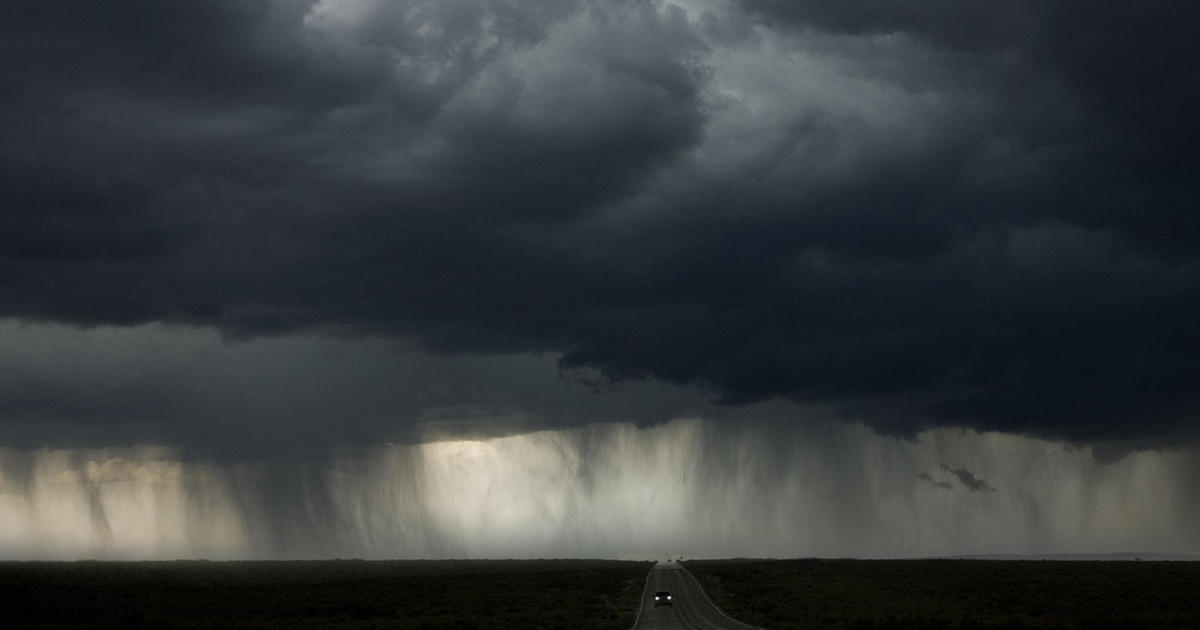Historically, Colorado Now In Peak Window For Flash Flooding
DENVER (CBS4) - Flash floods can happen at any time during the warm season across Colorado.
But historically, we are in the peak window for flash flooding to occur.
The last week of July and first week of August have produced some of the most destructive and deadliest flood events in state history.
WHY?
The winds aloft over Colorado are very light this time of year, which allow storms to move slowly, and often sit stationary, for extended periods of time.
In addition, with the peak of monsoon season in progress, moisture is often rich, both at the surface, and several thousand feet into the atmosphere.
Add in any other element, such as a boundary from an old cold front, and it's almost the perfect storm for a lot of rain to happen in a short period of time.
HISTORIC LATE JULY, EARLY AUGUST FLOOD EVENTS
- July 25, 1885 - flash flood swept away homes, people and livestock in the Colorado Springs area
- August 1, 1886 - another devastating flood event in the Colorado Springs area
- August 2-3, 1951 - devastating flood event in Larimer County
- July 30 through August 3, 1956 - widespread flood event in the Denver area
- July 24, 1965 - flash floods hit the area around the Cheyenne Mountain Zoo
- July 24, 1970 - flash floods hit portions of Colorado Springs
- July 31, 1976 - Big Thompson Canyon flood event
- July 27, 1996 - flash floods hit the Colorado Springs vicinity
- July 28, 1997 - the Spring Creek flash flood event in Fort Collins
- July 29-30, 1997 - flooding in the Sterling area
- July 30, 1998 - flash flooding washes out the El Paso County Fair



